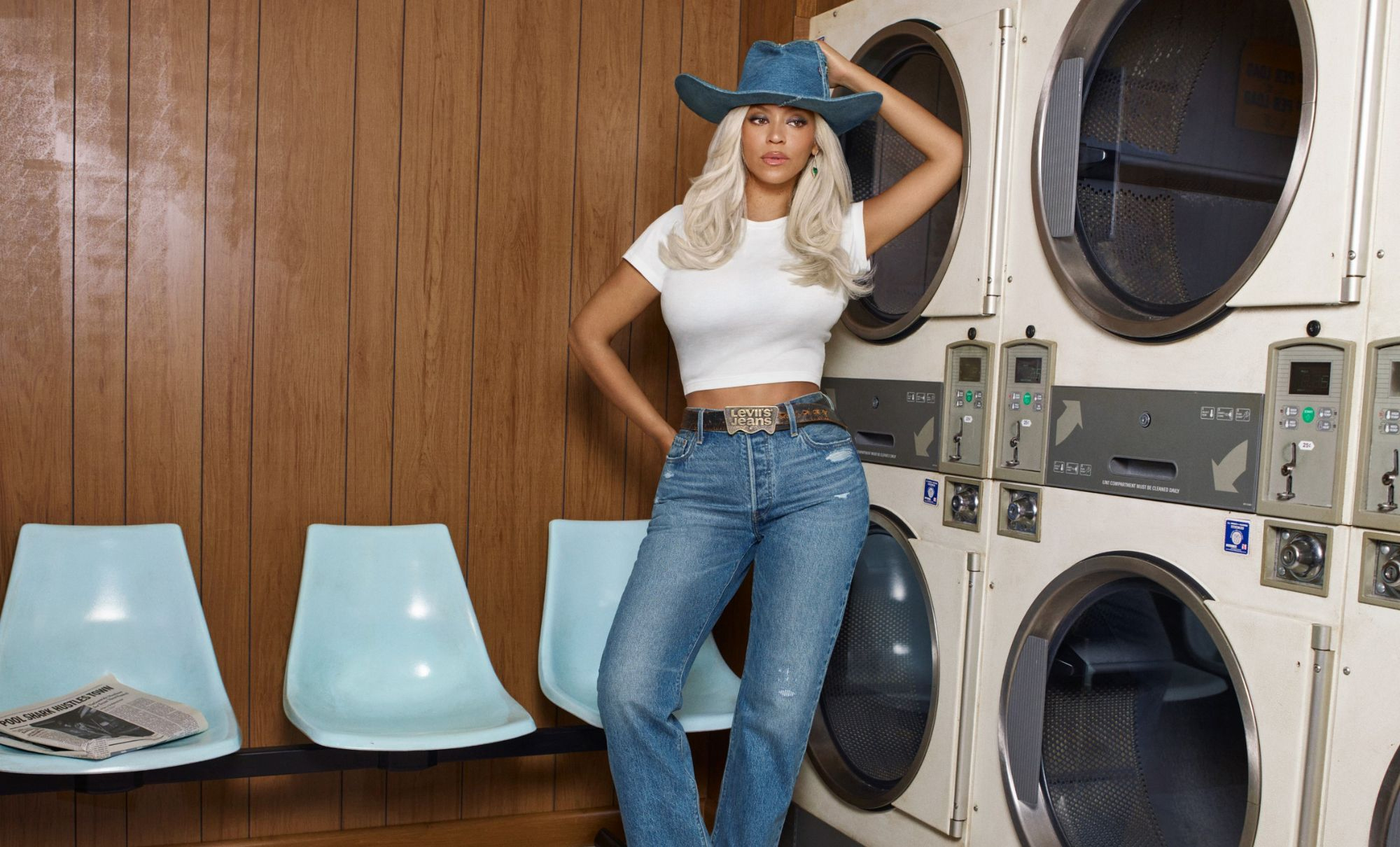Is branding killing advertising – or saving it?
The shadow of celebrity and concept looms large.

As an advertising creative within a brand design consultancy, I appreciate the irony. The tension between creativity and distinctiveness is an age-old industry conundrum. In the pursuit of fresh ideas, cultural relevance and innovation, we often see the sacrifice of the very thing that gives creativity its power: the brand.
Mark Ritson says the golden rule of advertising is “…first they must know it’s me.” Yet too often, the brand disappears into the shadow of the celebrity or the concept itself. As a creative it can be heresy to admit I am a fan of the evidence based school of thinking, but I’ve always aspired to break things in the cathedral of advertising.
Effectiveness is my love language. Driving campaigns that deliver measurable results is just as satisfying as creative that delights and disrupts – and even better when both are true. Byron Sharp reminds us that mental availability drives growth. As an agency this intent to impact the business is the ultimate objective. See the ultimate pick of the best ads here.
Thinking inside the box

Sonic mnemonics. Colour palettes. Tone of voice. These are a creative's superpowers. They’re memory shortcuts. Daniel Kahneman says it best: “Thinking is to humans as swimming is to cats; they can do it but they'd prefer not to.” For anyone in the attention business, this is a dilemma we face every day. In our studio, we remind ourselves to Think Inside The Box. There is an infinite amount of stories to tell for a brand – if we use brand assets to amplify these stories we create short-term wins and long-term brand building .
As an agency we do a lot of work in beauty and The Ordinary is a brand we have heart for. The Ordinary understands that distinctiveness beats novelty. By embracing its clean, clinical design and refusing the excesses of traditional beauty branding, it has created assets that are instantly recognisable with a tone of voice that is culturally resonant. This has built deep trust with younger consumers fluent in spotting inauthenticity. A favourite of mine is how The Ordinary explain their simple product names ‘...Scientists are terrible copy writers so we stuck with Hyaluronic Acid.” It encapsulates a 50 page brand book in one line and creates 'a smile in the mind’ which drives attention focusing.
The Ordinary aren't just advertising; they’re refreshing memory structures in every execution. They understand that breaking through the noise requires more than disruption – it requires consistency, authenticity, and relevance. If you remove distinctive codes in the name of ‘creativity', you don’t make the brand more relevant – you make it more forgettable.
Attention is cheap but memory is priceless
Attention is the cheapest currency in advertising. Novelty can provide millions of views, but attention without memory is worthless. As Sharp’s research shows, brands grow not by being momentarily loud, but by being repeatedly remembered. Advertising's first job is to remind, not to convince.
Daily design news, reviews, how-tos and more, as picked by the editors.
A recent example of this is the Columbia Sportswear campaign “Engineered for Whatever” – Linkedin’s latest campaign to debate. This creative is fun and fresh and breaks through while living into the brands core truth: gear built to perform in any condition. It’s a case study in turning functional heritage into a mental asset, showing that in outdoor wear, adaptability isn’t a tagline, it’s the brand’s DNA.
No matter which side of the Columbia campaign debate you’re on, I’m with Jess Wheeler, one of my favourite follows on LinkedIn, who commented “Haven’t thought about Columbia in years. In an exciting category that has often found a way to make itself boring, this reconnects Columbia with its base audience.”
Creativity without branding? That’s not advertising
Without considered branding – without intent to impact, even the most talked-about ideas become anonymous. The work that moves markets is where creativity and brand are one. Where the idea lives in people’s minds, creating memory structures with that brand’s identity.
Levi’s recent “Reiimagine” campaign does this. By blending nostalgia with social currency, it turns heritage into a cultural moment only Levi’s could own (read more about heritage branding here). Sydney Sweeney’s jeans campaign? However you feel about it, the idea places more weight on the celebrity than the brand. In 5 years we’ll probably think it was a GAP ad (love GAP creative btw).
As brand consultant, P&G alum Daniel Epstein says, “Consistency is a better brand builder than you or me”. The real challenge for today’s creatives isn’t making work that looks different from last year. It’s making work that is undeniably your brand in a world trying to make everything look the same. Creativity that amplifies brand assets isn’t safe – it’s iconic.
Branding isn't killing creativity in advertising. It’s saving it. I guess you’d say it’s a hill I’m willing to die on.
Jason is an award-winning Executive Creative Director with global experience across digital, social, and TV campaigns. A specialist in performance-driven storytelling, he applies evidence-based approaches to creative effectiveness. From Sydney to Los Angeles and now Singapore, he has built and scaled world-class creative teams that help brands win on the small screen, big screen and no screen. A judge for the Webby, Lovies, and The Drum Digital Advertising Awards, Jason won Silver as the 2024 Global Content Person of the Year (International Content Marketing Association). A strategic, high-energy leader – with a slight sneaker obsession, Jason continues to push the boundaries of brand storytelling and creative innovation.
You must confirm your public display name before commenting
Please logout and then login again, you will then be prompted to enter your display name.


